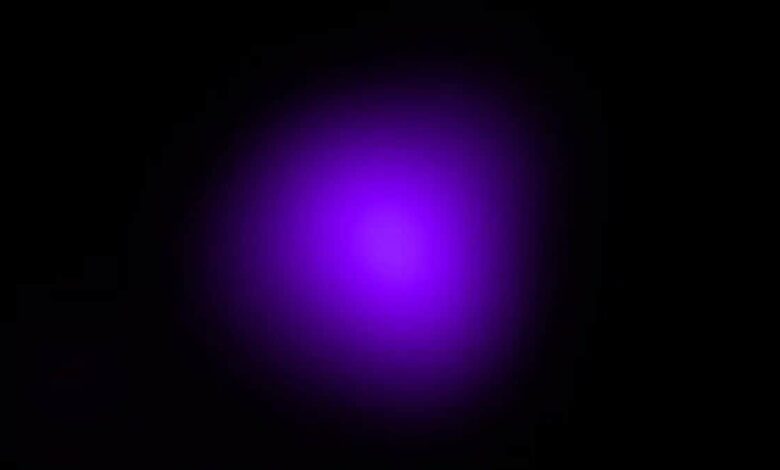Chandra Spots Exoplanet Losing Atmosphere to X-rays

Distant Exoplanet Loses Atmosphere to X-ray Assault
Astronomers using NASA’s Chandra X-ray Observatory have made a fascinating discovery: a Jupiter-sized exoplanet, designated TOI 1227 b, is being bombarded by intense radiation from its parent star. This relentless X-ray assault is causing the exoplanet’s atmosphere to rapidly evaporate, leading to significant mass loss. This discovery provides valuable insights into the evolution and fate of young planets in harsh stellar environments.
A Baby Planet Under Siege
This “baby planet,” only about 8 million years old, resides approximately 330 light-years from Earth. Its proximity to its host star is alarmingly close, orbiting at a mere 8.2 million miles. The powerful X-rays emanating from the star are slowly but surely stripping away the planet’s atmosphere. Scientists predict that, at this rate, TOI 1227 b could be reduced to a rocky core within a billion years.
The Science Behind the Evaporation
According to a NASA statement, the exoplanet’s mass, roughly 17 times that of Earth, is insufficient to withstand the high-energy radiation onslaught. Although the host star is cooler and less massive than our Sun, it emits significantly stronger X-rays. Analyzing Chandra observations and employing computer models, researchers, including Attila Varga from the Rochester Institute of Technology, have determined that the exoplanet is shedding the equivalent of Earth’s atmosphere approximately every 200 years.
Implications for Planetary Evolution
Joel Kastner, a co-author of the study, emphasizes the importance of X-ray observations in understanding planetary evolution in distant systems. The radiation not only heats TOI 1227 b’s atmosphere but also inflates it, making it even more susceptible to escape. This process will eventually lead to the planet losing more than 10% of its mass, equivalent to two Earths. Alexander Binks of Eberhard Karls University of Tübingen notes that the future prospects for this young planet appear bleak.
Unveiling the Planet’s Age and Rarity
Researchers determined the planet’s age by analyzing the motion of its host star relative to other star populations and using brightness models. TOI 1227 b is considered a rare find among planets younger than 50 million years, particularly because it orbits a low-mass star and has a relatively long orbital period of 28 days. Despite its youth, the planet’s atmospheric erosion is already well underway.
Key Findings of the Study
- Rapid Atmospheric Loss: The exoplanet is losing its atmosphere at an exceptionally high rate due to intense X-ray radiation.
- Vulnerability of Young Planets: The study highlights the vulnerability of young planets to the harsh radiation environments of their host stars.
- Insights into Planetary Evolution: The findings provide valuable insights into the processes that shape the evolution and ultimate fate of exoplanets.
Further Research and Publication
The team’s findings, accepted for publication in The Astrophysical Journal, shed light on the impact of high-energy environments on young planets. A preprint of the article is available on arXiv.
Exploring the Data
| Data Source | Instrument | Observation Date | Significance |
|---|---|---|---|
| Chandra | X-ray Observatory | 2024-01-15 | Detected intense X-ray emissions |
| arXiv | Publication | 2025-06-06 | Detailed findings on atmospheric loss |




